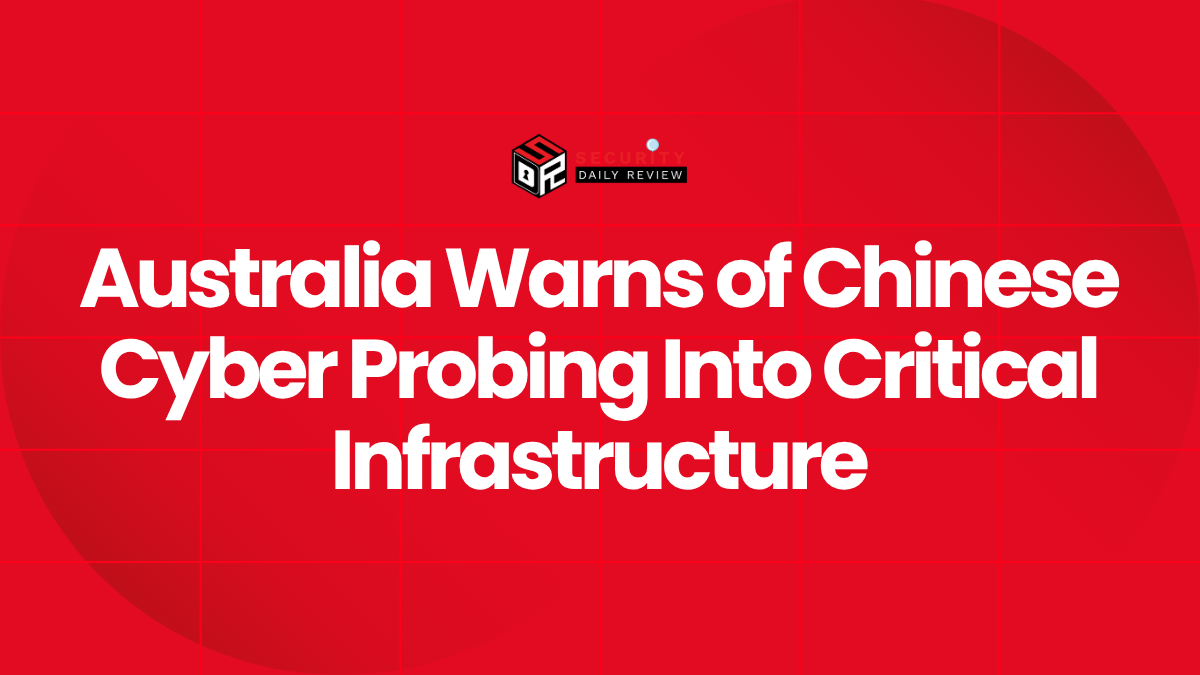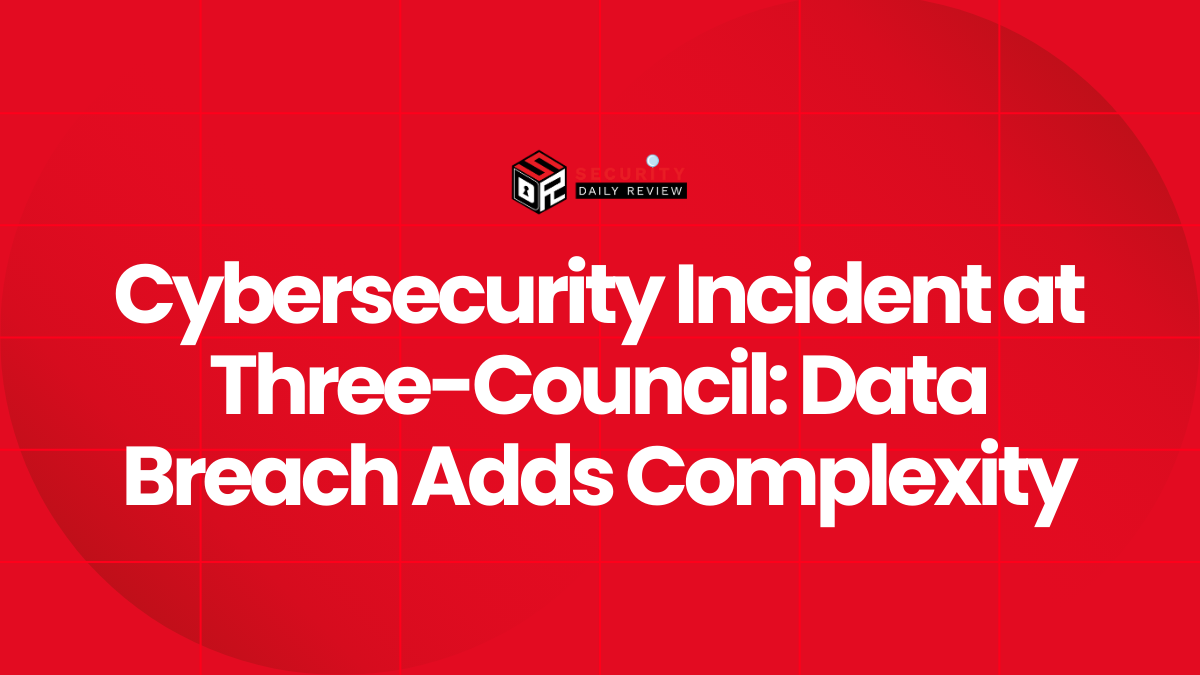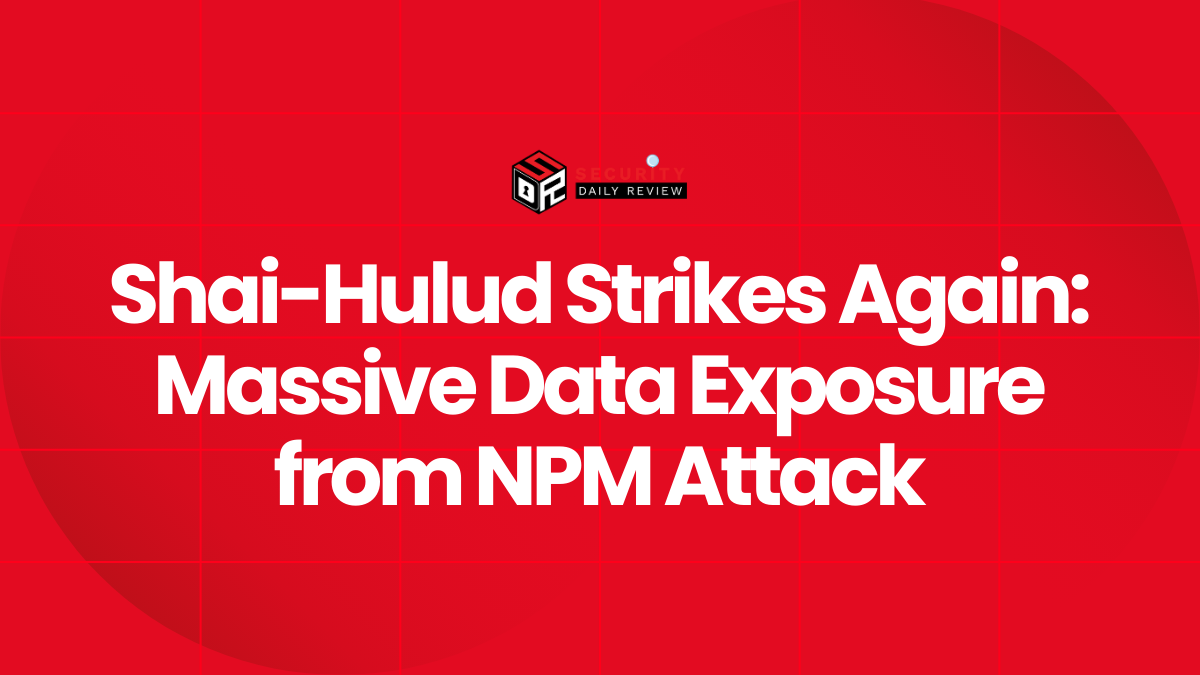Australia’s top intelligence official has issued a stark warning that Chinese state-sponsored threat actors are actively probing and compromising the nation’s critical infrastructure. Speaking at the Australian Signals Directorate’s (ASD) 75th anniversary event, Mike Burgess, Director-General of Security at the Australian Security Intelligence Organisation (ASIO), disclosed that two Chinese-affiliated advanced persistent threat (APT) groups have achieved unauthorized access to networks that support essential services.
The statement adds weight to mounting concerns over state-backed cyber operations targeting systems that underpin national security, economic stability, and public safety.
Chinese State Hackers Are Escalating From Surveillance to Sabotage
Australian Intelligence Sees Shift From Espionage to Operational Readiness
According to Burgess, Chinese cyber actors are not simply conducting reconnaissance or data theft—they’re positioning themselves for sabotage. While cyber espionage has long been a core activity of Chinese APT groups, Australian intelligence now believes these actors are preparing for offensive operations aimed at disrupting physical systems.
“They are not just looking around,” Burgess said. “In some cases, they’re already inside. They are mapping out our networks, studying how they interconnect, and forming plans.”
This shift mirrors broader global trends where nation-state actors prepare “access infrastructure” that can be weaponized later. In cybersecurity terms, this denotes a transition from mere network compromise to establishing long-term, covert persistence.
Critical Services Are the Primary Target
The Australian government has not publicly named specific sectors or organizations. However, historical targeting patterns strongly suggest that sectors such as energy, water, healthcare, telecommunications, and transportation are likely among those being surveilled or compromised. These sectors are attractive targets for adversaries looking to exert geopolitical pressure or cause societal disruption without immediate kinetic warfare.
Burgess likened the threat to a “form of asymmetric power,” suggesting that cyber capabilities are being developed as alternatives where more conventional means of conflict would draw international condemnation.
Attribution Points to State-Linked Groups in China
Although Burgess avoided naming the specific threat actors by group designation, the implication is clear: these operations are attributed to Chinese APT groups working in coordination with Beijing’s strategic objectives. This is consistent with the tactics, techniques, and procedures (TTPs) historically observed in Chinese-linked cyber campaigns.
Several cybersecurity analysts have noted resemblance to operations like those carried out by Volt Typhoon—a recently exposed Chinese APT group known for its targeting of U.S. critical infrastructure using living-off-the-land (LotL) techniques to remain undetected.
Australia Toughens Cybersecurity Stance
Part of the West’s Growing Collective Defense Posture
Australia’s public warning echoes similar alerts from the United States and its Five Eyes allies about ongoing Chinese efforts to compromise critical infrastructure globally.
In recent months, Australian defense and intelligence agencies have expanded their cooperation with allied institutions to counteract foreign cyber operations. The country’s cybersecurity strategy now formally recognizes critical infrastructure as a national security issue, aligning government investment with risk-based prioritization of defense.
Recommendations for Infrastructure Operators
Given the serious implications of persistent access by state-sponsored actors, Australian officials urge infrastructure operators to:
- Conduct continuous network monitoring and logging
- Review incident response plans for scenarios involving sabotage
- Update and segment operational technology (OT) environments
- Identify and eliminate unauthorized remote access routes
- Partner with government for threat intelligence sharing
The ASD and the Australian Cyber Security Centre (ACSC) continue to lead efforts in information sharing and joint defense initiatives aimed at increasing situational awareness of nation-state threats.
Long-Term Threat Requires Strategic Response
Cyber Sabotage Preparations Are a Technological Time Bomb
What makes this revelation particularly concerning is the potential delay between when access is established and when it could be used for sabotage. Saboteurs could wait until a geopolitical crisis or conflict to activate their footholds—leaving Australia vulnerable during moments of peak strategic tension.
Cybersecurity leaders stress that resilience must not only focus on prevention but also on response and recovery. Ensuring that critical systems can withstand short-term outages, detect anomalous behaviors, and rapidly restore service will be key to neutralizing this asymmetric threat.
In sum, Australia’s warning is less about what has already been lost and more about what could soon be disrupted. Cybersecurity professionals in critical sectors are now being urged to treat this warning as both credible and imminent. The defense of infrastructure is no longer hypothetical—it is being tested in real time.









